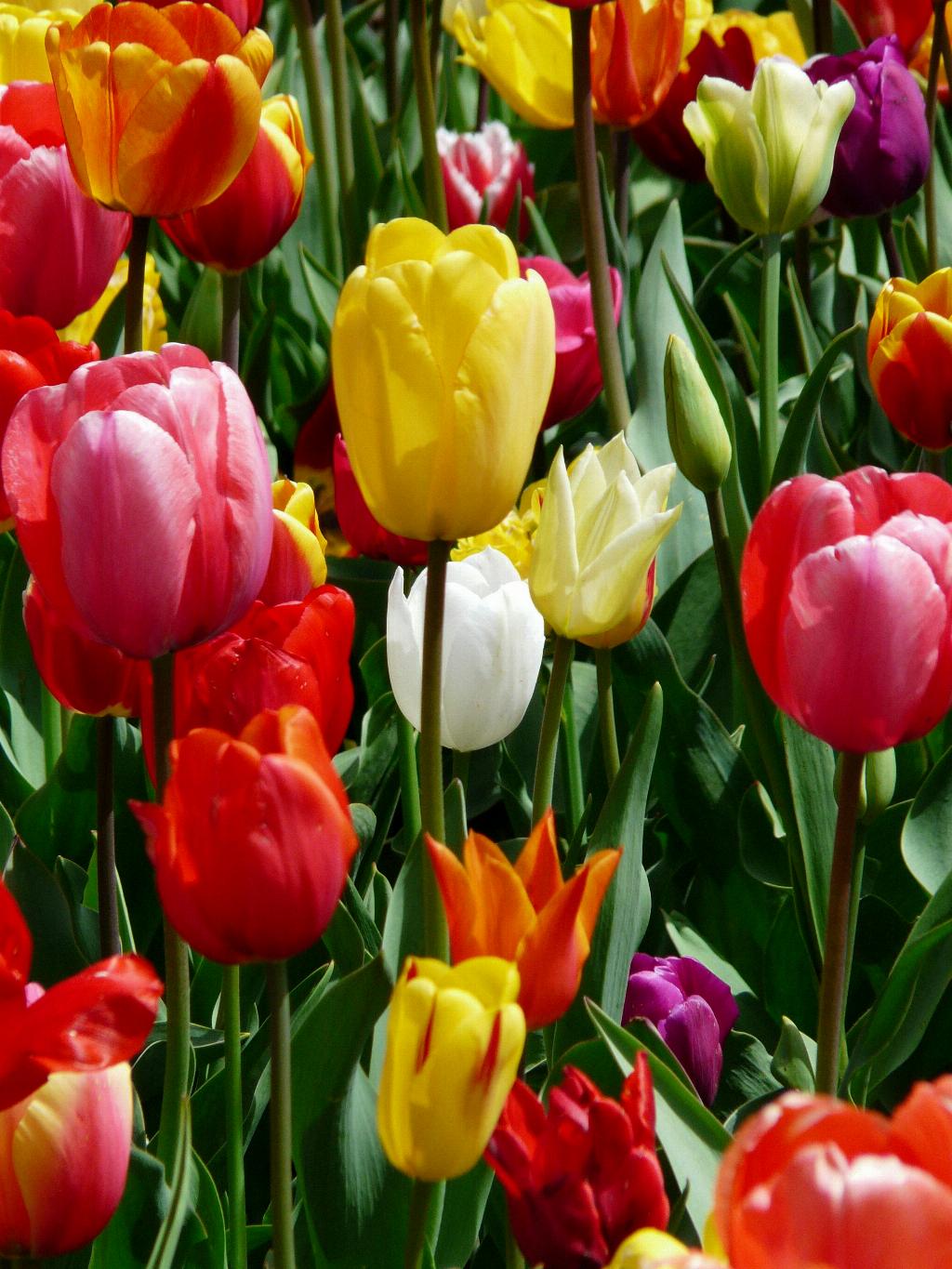When it comes to the question of whether tulips can rebloom, the answer lies in understanding the growth patterns of these beautiful perennial flowers. Tulips are indeed perennials by nature, meaning they have the potential to return and bloom year after year. However, there are some factors to consider when it comes to encouraging tulips to rebloom.
Factors Affecting Tulip Reblooming
While tulips have the genetic makeup to rebloom, there are various factors that can influence their ability to do so. One of the main considerations is the environment in which the tulips are planted. Factors such as soil quality, sunlight exposure, and watering frequency can all play a significant role in determining whether tulips will rebloom.
Proper Care and Maintenance
To encourage your tulips to rebloom, it’s essential to provide them with proper care and maintenance throughout the year. This includes ensuring they are planted in well-draining soil, receiving adequate sunlight, and being watered regularly but not excessively. Taking the time to deadhead spent blooms and fertilize the soil can also help promote healthy growth and future blooming.
Annual vs. Perennial Approach
While tulips are classified as perennials, many gardeners opt for an annual approach when it comes to these flowers. Replanting tulip bulbs each fall is a common practice among tulip-lovers, as it guarantees fresh blooms each spring. However, with proper care and attention, it is possible to get tulips to rebloom year after year without the need for replanting.
Understanding Bulb Health
The health of the tulip bulbs themselves also plays a crucial role in determining whether they will rebloom. Bulbs that are planted too shallow, too deep, or in soil that is too compacted may struggle to return for another season. Inspecting the bulbs for signs of damage or disease and replanting them at the correct depth can help improve their chances of reblooming.
Climate Considerations
Climate can have a significant impact on tulip reblooming. Tulips thrive in cooler climates with distinct winter and spring seasons. In warmer regions, tulips may not receive the chilling period they need to bloom again the following year. In such cases, gardeners may need to take extra precautions to provide the necessary conditions for tulips to rebloom.
Benefits of Tulip Reblooming
The prospect of tulips reblooming can offer several benefits to gardeners. Not only does it save time and effort in replanting bulbs each year, but it also allows for the enjoyment of consistent and vibrant blooms in the garden. Additionally, successfully getting tulips to rebloom can be a rewarding experience for any gardening enthusiast.
Common Challenges and Solutions
Some common challenges that gardeners may face when trying to get tulips to rebloom include issues with pests, diseases, or poor soil quality. Implementing organic pest control measures, practicing good hygiene in the garden, and amending the soil with organic matter can help address these challenges and improve the chances of successful reblooming.
Best Practices for Tulip Reblooming
Following best practices for tulip care and maintenance can greatly enhance the chances of getting these flowers to rebloom. This includes ensuring proper soil drainage, providing adequate sunlight, watering consistently, and fertilizing appropriately. By staying vigilant and proactive in caring for your tulips, you can create an environment conducive to reblooming.
Patience and Persistence
It’s important for gardeners to exercise patience and persistence when trying to get tulips to rebloom. Not all tulips will return in full force every year, and some may take time to establish themselves before producing abundant blooms. By consistently caring for your tulips and making adjustments as needed, you can increase the likelihood of successful reblooming.
Appreciating the Beauty of Tulips
Regardless of whether your tulips rebloom year after year, it’s essential to appreciate the beauty and charm that these flowers bring to the garden. From their vibrant colors to their elegant shapes, tulips remain a beloved choice for gardeners around the world. Whether they bloom once or multiple times, tulips never fail to captivate and inspire.

Conclusion
In conclusion, while tulips have the inherent potential to rebloom as perennials, various factors come into play in determining their ability to do so. By understanding these factors, providing proper care and maintenance, and being patient and persistent in your efforts, you can increase the likelihood of getting your tulips to rebloom year after year. Whether you prefer the annual approach or strive for perennial reblooming, the beauty and joy that tulips bring to the garden are truly timeless.
